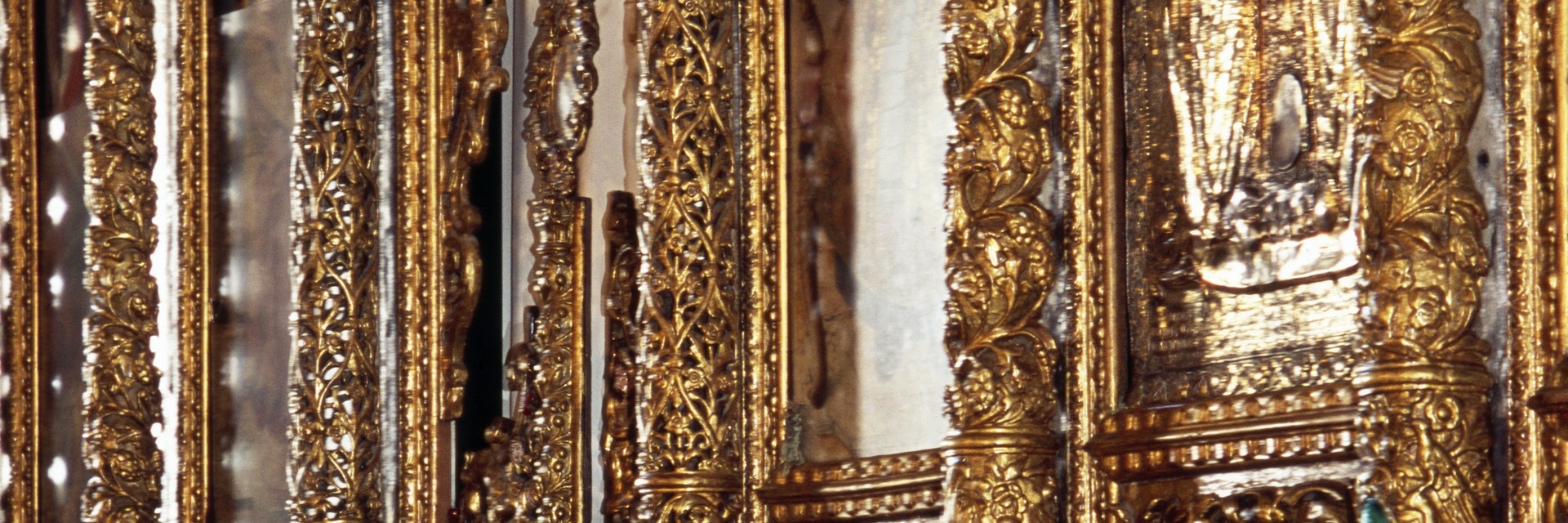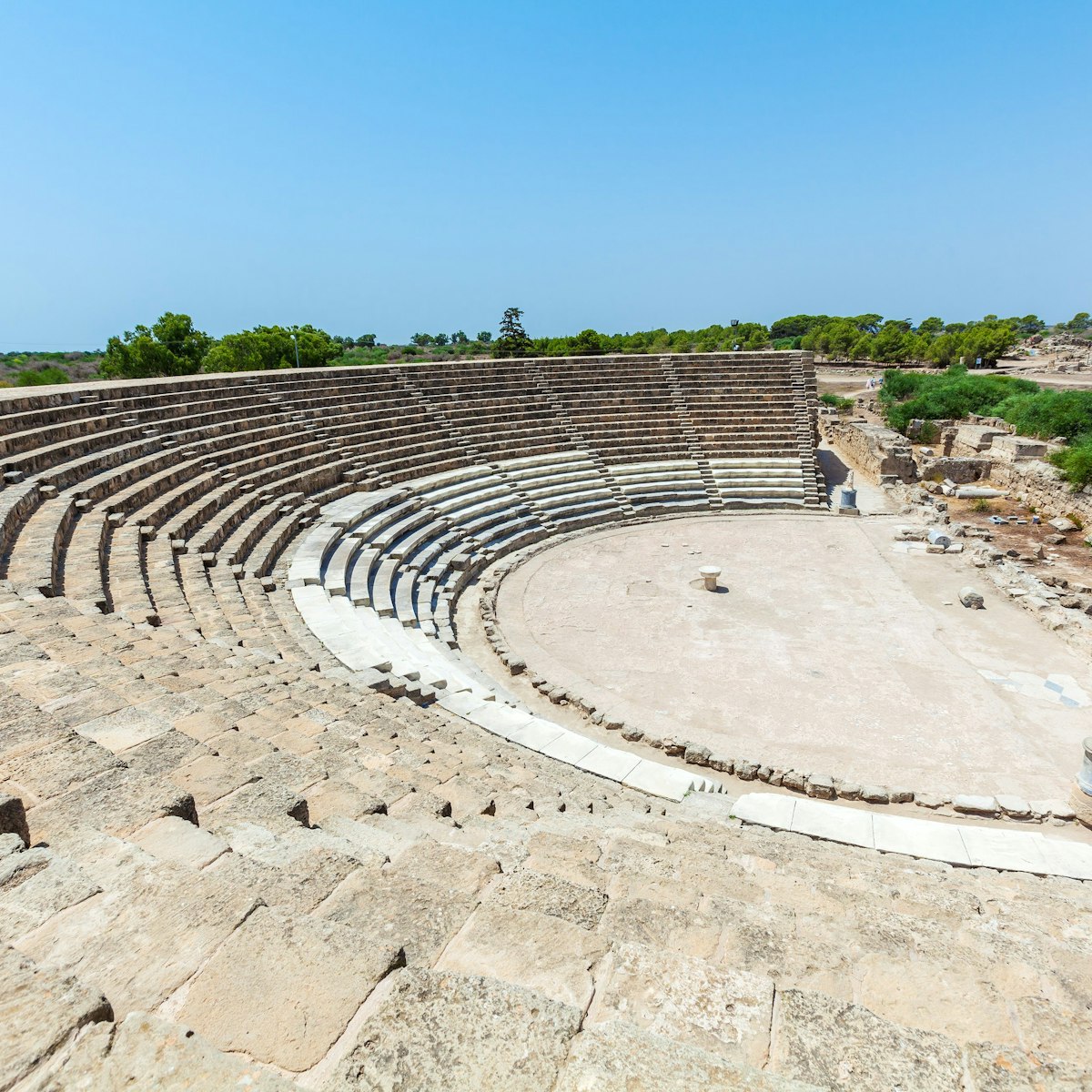This 9th-century church is dedicated to Lazarus of Bethany, whom Jesus is said to have resurrected four days after his death. The church itself is an astounding example of Byzantine architecture, and further restoration in the 17th century saw Latinate and Orthodox influences added to the building, most prominently in the bell tower, which was replaced after being destroyed by the Ottomans. The beautiful interior is a showcase of unique Catholic woodcarvings and skilled gold-plated Orthodox icon artistry.
Lazarus has a close association with Larnaka. Shortly after he rose from the dead, thanks to Christ’s miraculous intervention, Lazarus was forced to flee Bethany. His boat landed here in Kition, where he was ordained as a bishop and canonised by Apostles Barnabas and Paul. He remained a bishop for a further 30 years, and when he died for the second time he was buried in a hidden tomb.
In 890 the tomb was discovered; it bore the inscription ‘Lazarus Friend of Christ’. Byzantine emperor Leo VI had Lazarus’ remains sent to Constantinople and built the current church over the vault to appease local Christians. The remains were moved again, to Marseille, in 1204.
The Tomb of Lazarus is under the apse of the Agios Lazaros. Several sarcophagi were supposedly found in this catacomb when it was first discovered but only the empty tomb remains. In 1972 human remains were uncovered under the church altar; some believe they are those of St Lazarus, possibly hidden here by priests in anticipation of theft.







